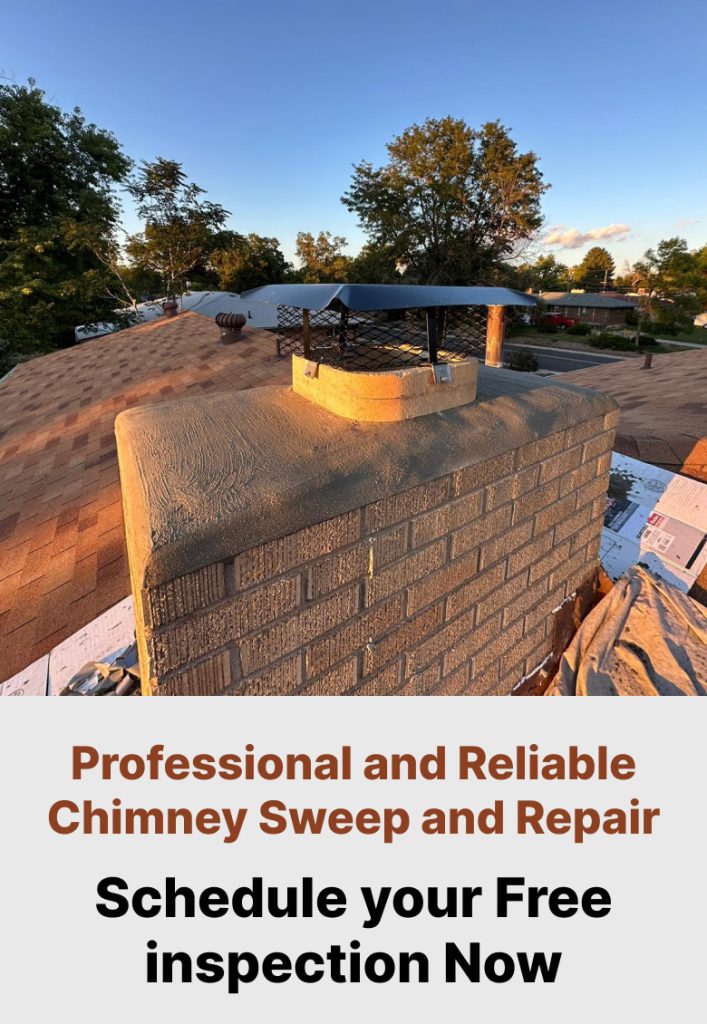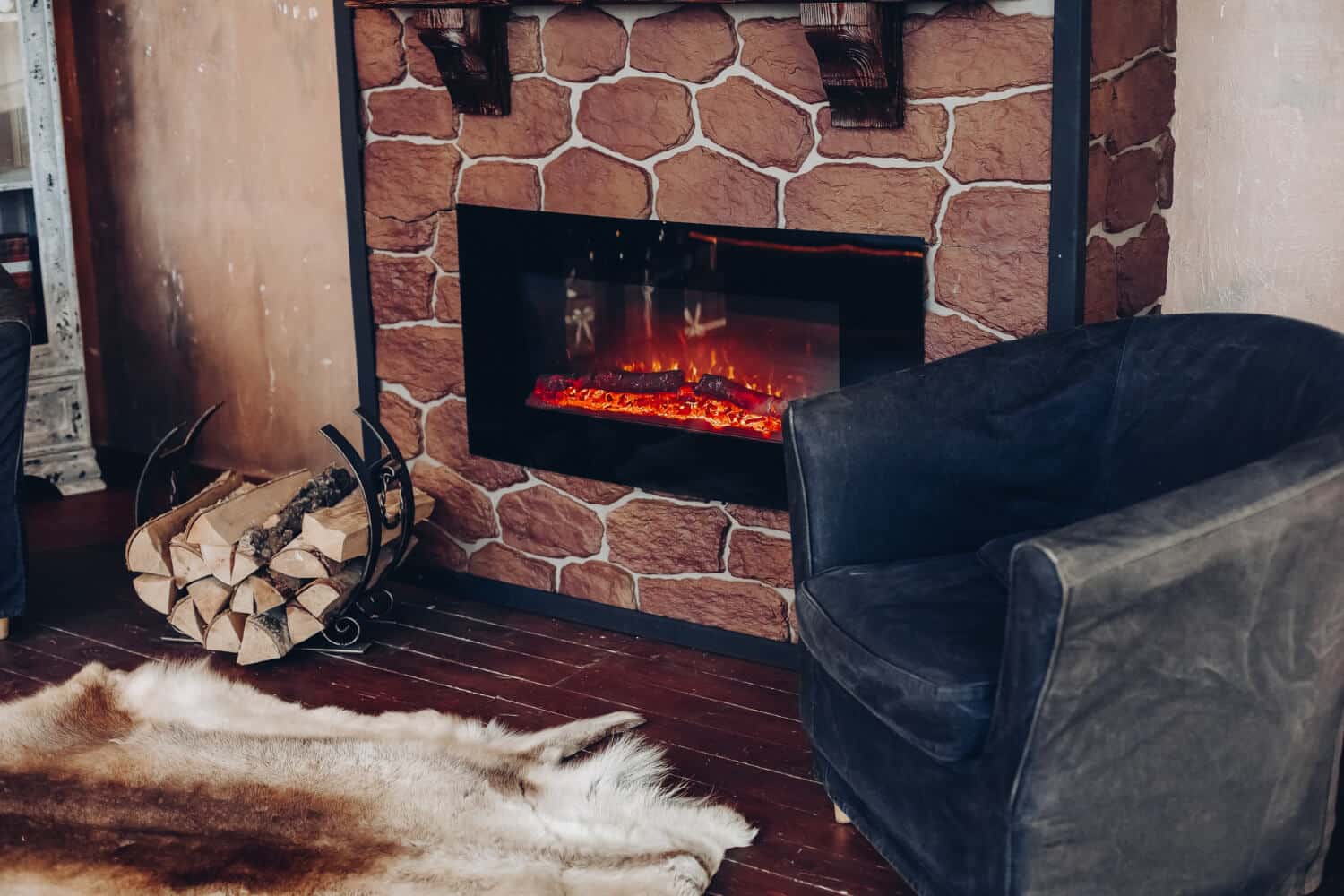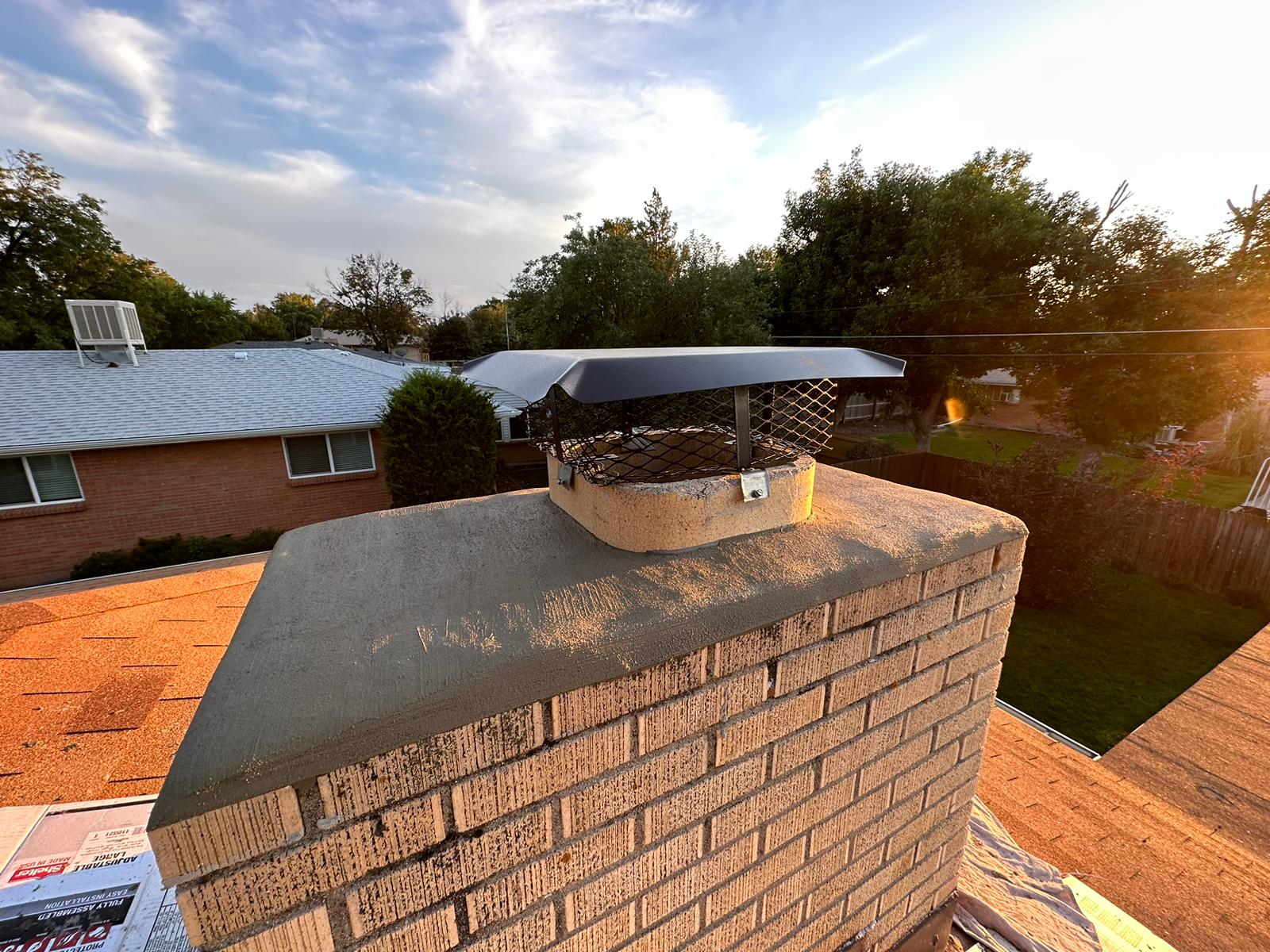Are you intrigued by chimney crowns? Then, this is the right place to traverse through its entire detail.
Introduction:
Do you know why a chimney crown is beneficial? If not, then this article is a comprehensive guide to clear out your concerns regarding chimney crowns. Being a chimney owner, you must know that a chimney crown is the most important part of a fireplace, a concrete body on the upper part of the chimney. It acts as a covering on the brickwork that sheathes the chimney liner. This upper encase prevents the leakage of water into air space between the outer bricks and the chimney’s flue tiles. If intrigued to delve into details, stuck with this article to know everything about chimney crowns and how it’s helpful.
What is a Chimney Crown?
A chimney crown, an integral component of a chimney, is mainly addressed as a chimney protector from water. It’s constructed purely from concrete and functions as a water barrier. If you delve into the structure, it’s a large slab of concrete on the top of the chimney, presenting as a barrier of water for brick a mortar chimney structure. It is sometimes referred to as a chimney wash. Most commonly, it’s constructed with brick, but don’t confuse it with a chimney cap (made up of metal) covering the chimney flue. It exists above the last layer of brick on the upper part of a chimney and is 3 to 4 inches in thickness.
Types of Chimney Crowns:
Chimney crown is not a single type, but they are categorized into different types. Let’s have a look at all.
1. Cast-in-Place:
These kinds of crowns are designed for large chimneys and are constructed with concrete.
2. Precast:
It is perfectly suitable for smaller fireplaces and is made up of concrete.
3. Floating Crown:
This type of crown is built with a hang projecting 2 inches above the fireplace and is almost 4 inches thick. It requires a longer time to build but lasts longer compared to other kinds of crowns.
Why Chimney Crown is Considered Important?
What if extreme weather exposure damages your chimney, and you have nothing to do on the spot? To save from weather fluctuations, a chimney crown is constructed on the top of chimneys to protect from deterioration caused by water (e.g., Heavy Rain). When chimney crowns are properly built, they extend over 2 to 2.5 inches with the help of an overhang called a kerf.
By doing this, it is developed in a form like a rain gutter, facilitating rainy water, snow, and other liquid to search its way onto the chimney. But kerfs signal the water onto the roof because water can drain here without impacting the chimney’s structure (no damage occurs to bricks and mortar).
Chimney Crown Repair:
Chimney crown damage is not easy to inspect because it’s impossible to visualize from the ground. However, inspection from the roof detects the damage to the chimney crown’s damage. That’s why most of the chimney crown’s damage is observed during fireplace inspection and cleaning. The crown is commonly damaged if it’s not well-constructed and maintained. For instance, mortar is not a crown material but a binding material to unite bricks together.
If used for a crown, it gets worse on direct exposure to the elements. In the same way, poor cleaning and maintenance of the chimney crown lead to the formation of cracks/ holes, which, in turn, don’t impede the entrance of water into the flue and firebox. Chimney crowns should be customized according to your fireplace because every crown is not compatible with every chimney type. Professionally built chimney repair services extend the life of chimney crowns for longer times.
Chimney Crown Rebuilding:
If the chimney crown is about to reach its lifespan, then replacement with a new concrete chimney crown becomes essential. If your chimney’s crown misses parts or lacks structural integrity, it’s time to replace or rebuild the chimney crown. Here is a suggestion: don’t hand over your chimney to inexperienced masons who utilize mortar blend to form a new top for the fireplace. The mortar mixture cracks and leaks quickly because it’s not a water-protector. The best solution is to use a concrete chimney crown, specifically built to overhang the exterior dimensions of the chimney. It would be better to prefer chimney crown rebuilding. The other solutions include the building of Precast or Cast-in-Place concrete crowns bolstered with steel.
You can go for any type of chimney crowns, but they must be water-tight and weather-barrier. The most important thing about the chimney crown is that it is built to slink away from the center, keeping most of the water away from the chimneys. This customized design helps to keep water from draining over the bricks of the fireplace. In this way, the chimney’s structure remains as dry as possible. In short, if your chimney’s crown requires repairing or rebuilding, do contact a certified chimney sweep expert as soon as possible. When you approach professionals, the team visits your home to access your chimney and suggests repairing or rebuilding as required.
Important to Know: We suggest hiring qualified and professional sweeping services; otherwise, untrained masons will worsen the condition of your chimney crowns. In turn, you have to switch to chimney replacement, and no other solutions remain for you. And obviously, it will cost more.
Conclusion:
Finally, we conclude with the words that the chimney crown is the most important component of a fireplace. Its importance lies in its function, which acts as a chimney’s protector from water. This water-barrier concrete body takes all the pressure in heavy rains or other weather fluctuations and keeps the fireplace dry by draining water on the chimney’s roof. In this way, water drains easily to the exterior side and doesn’t harm the chimney. However, the chimney’s crown may be damaged with time. There are several options to repair or rebuild it, but opting in for the most professional or certified sweeping services is the perfect choice.







